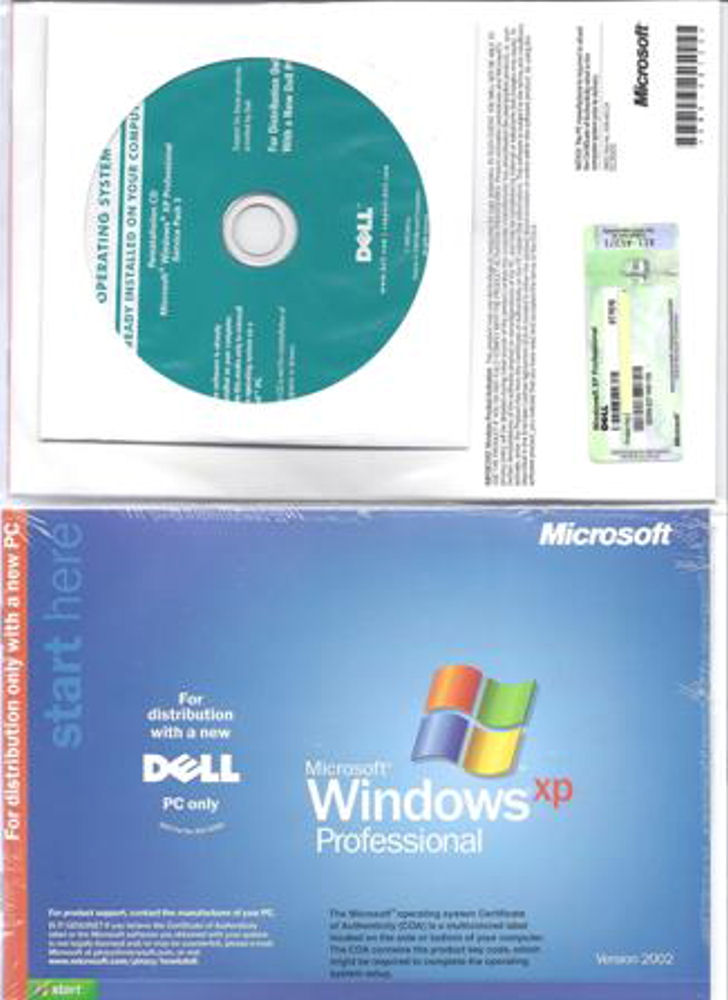
Possible file corruptions can be checked with the sfc /scannow command on an elevated command prompt.Microsoft recommends to disable antivirus software during installation as it can interfere with the installation.
Make sure you have enough free disk space available for the service pack (see requirements for additional information).

Connect a mobile computer, laptop, netbook or notebook to a power outlet before you start the installation of the service pack.Backup your important data and files prior to updating to service pack 1.Update device drivers if available to make sure the devices are compatible with the service pack.Make sure your antivirus software is up to date before doing so. Scan the computer for malware and viruses.Things that you should do before installing the operating system update: Users who work with multiple computers may consider downloading the service pack update from Microsoft Download for distribution purposes. Check the disk space requirements chapter to find out why it is indeed better to use Windows Update to install the service pack.

Microsoft employee Brandon LeBlanc recommends that single PC or home PC users should be "Windows Update instead of downloading the standalone installer (or Network Installation Package) from the Microsoft Download Center" because of the better "installation experience". Microsoft will make it available via Windows Update and the Microsoft Download Center. The service pack will be released on February 22 to the public.


 0 kommentar(er)
0 kommentar(er)
